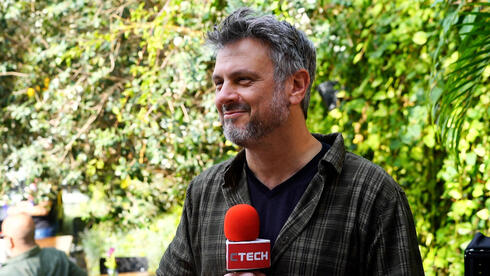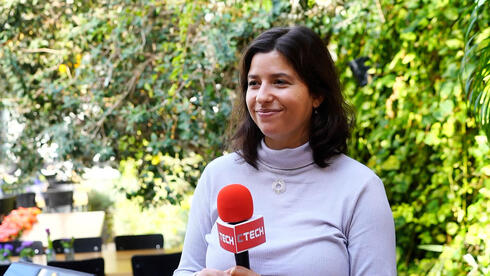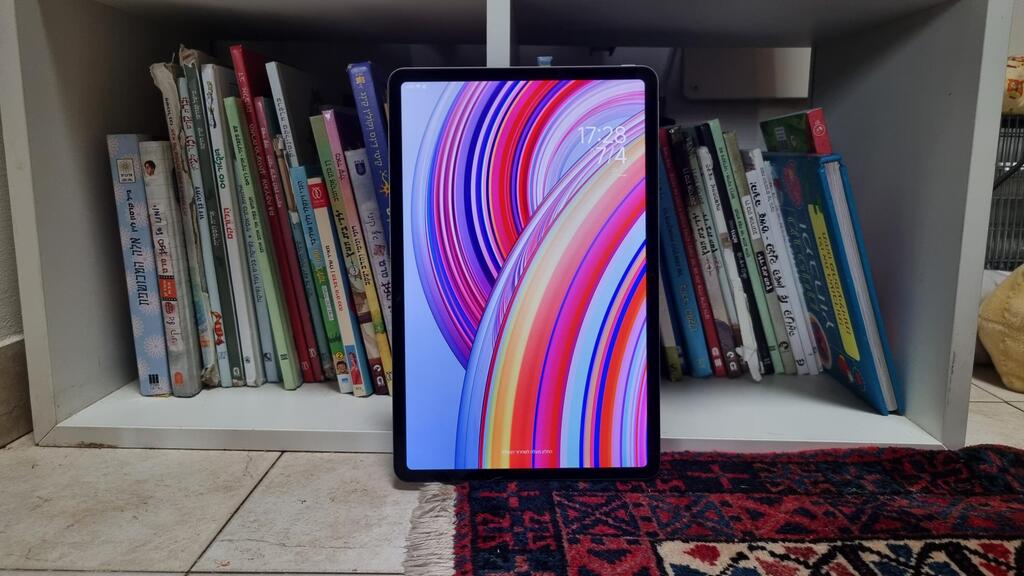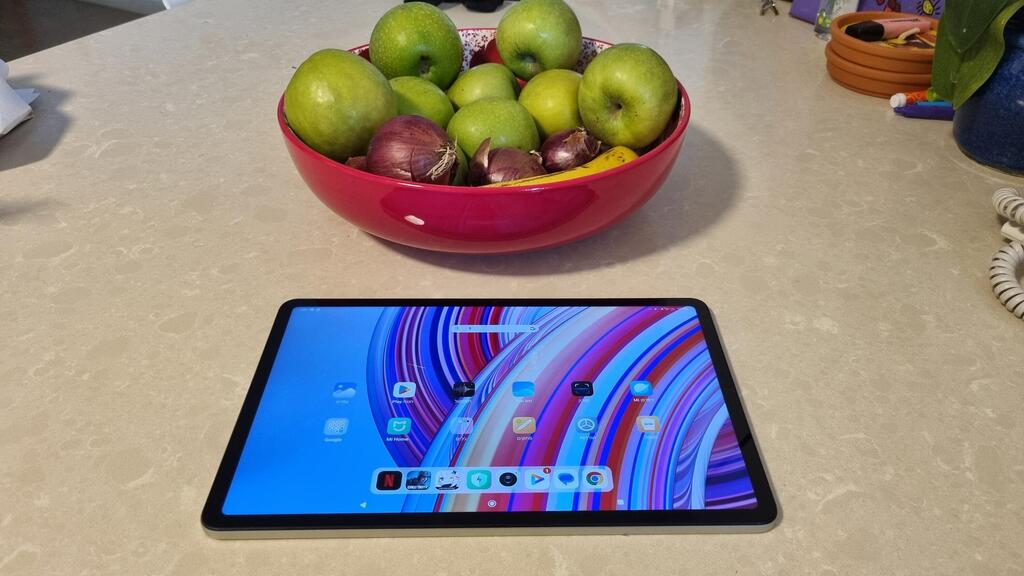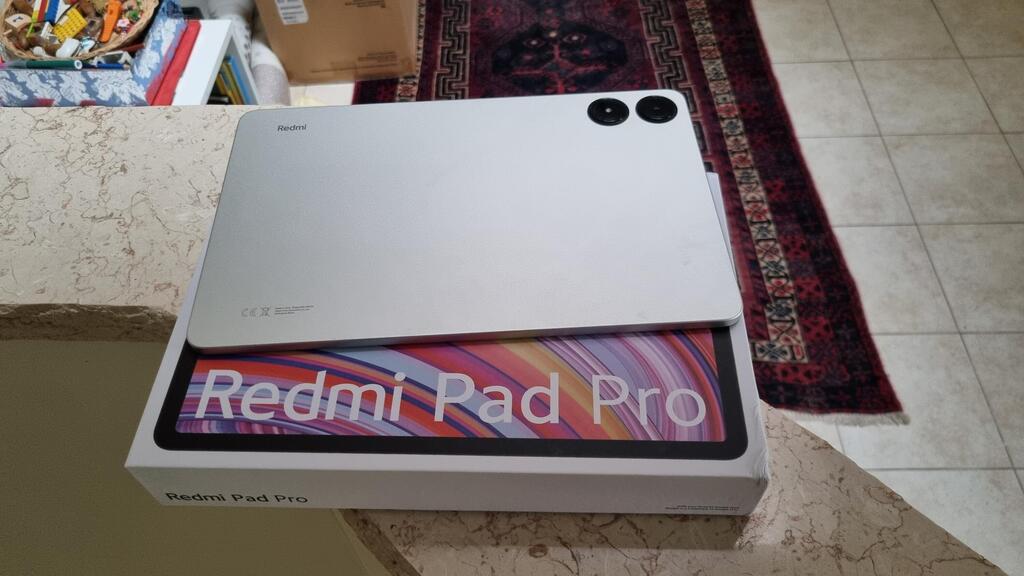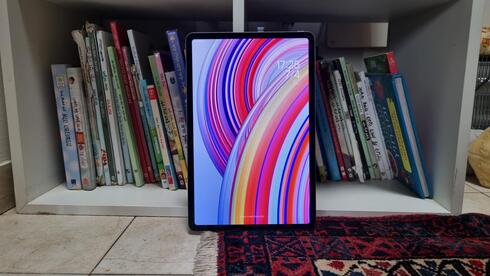
Gadget reviewXiaomi Redmi Pad Pro: The affordable iPad alternative?
Gadget review
Xiaomi Redmi Pad Pro: The affordable iPad alternative?
The new tablet from the Chinese manufacturer can't compete with the iPad, but it's fast and powerful enough for most consumers. It offers a large screen and an attractive price, making it a prominent competitor against other Android devices.
Apple's iPad has dominated the tablet market for years, with Android-based devices suffering from a lack of apps and large-screen display issues. Although the iPad still leads with about a third of the market, competitors are narrowing the gap, and Android offers a good alternative.
After success in the smartphone market, Xiaomi is trying to establish its position in the tablet field as well. While it’s unfair to compare the Redmi Pad Pro directly to the iPad Air 13, it is quite close in terms of dimensions, weighs a little less, and is significantly cheaper. But what do you get for the price?
Structure and design: elegant but heavy over time
The Redmi Pad Pro has a large 12.1-inch screen and a simple, clean design. The front is all screen with no physical buttons, the back has only one camera and a flash, and the sides house a power button, volume keys, a memory card slot, a charging socket, speakers, and a standard headphone jack. The screen has quite thick edges that include the selfie camera, which doesn’t interfere with the display.
The tablet weighs about 570 grams, feels thin, and doesn’t seem heavy when you first hold it. However, during extended use, such as watching a movie or playing games, the weight becomes noticeable, necessitating a comfortable position or support. The slippery frame makes it challenging to rest on most surfaces, and unlike Xiaomi’s smartphones, the kit does not include a protective cover that might help stabilize the tablet or function as a stand.
Hardware: strong with a large battery and good screen
Powered by Qualcomm's second-generation Snapdragon 7s processor, the tablet boasts 8GB of memory and 256GB of storage, with a slot for a memory card to expand storage further. The tablet responds quickly to everyday tasks and handles games, including heavier ones with complex graphics. However, the display sometimes shows pixelated edges around characters or objects, likely due to content not being optimized for the screen size.
The large battery, with a capacity of 10,000 mAh, lasts at least two full days of mixed usage. The 33-watt charger included in the kit doesn’t feel fast, taking about an hour to reach 50% and two hours to fully charge. However, the long battery life means you won’t need to charge it frequently. The screen is bright and displays colors beautifully, suitable for movies, series, and games, although it's not the most impressive in its category. The speakers are decent but not outstanding, providing adequate sound quality.
Xiaomi equipped the tablet with one 8-megapixel camera, which can shoot 1080p video and produce good photos in well-lit conditions. However, the camera struggles in low light, resulting in blurry and grainy images.
Software: Xiaomi refrains from overloading
The tablet comes with Android 14 and Xiaomi's HyperOS interface, similar to the company’s smartphones but with fewer unnecessary applications. A floating shortcut bar for popular apps updates automatically based on usage habits. You can choose to activate the tablet using finger gestures or three buttons at the bottom of the screen. The default power button-only activation feels out of place for a large tablet, but this can be changed in the settings.
Summary
Xiaomi's new tablet fits the Redmi brand, known for relatively cheap and not the most powerful intermediate devices that offer good value for the price. The Redmi Pad Pro is not the most powerful, and the display isn’t spectacular, nor does it have advanced capabilities. However, it meets most users' needs, offering reasonable value for around $400. While it can’t compete with the iPad, it stands out among Android devices with its storage volume and large screen.






